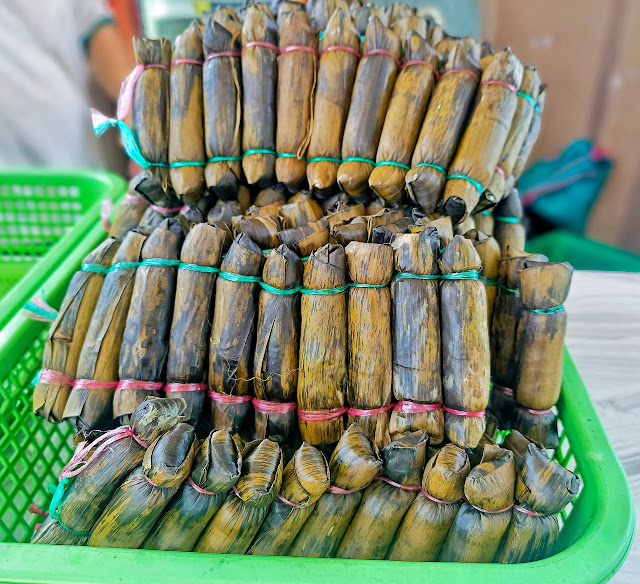When discussing Philippine Festivals, several traditional revelries come to mind. These include the lively and energetic Sinulog in Cebu, the primal and rhythmic Dinagyang in Iloilo, the captivating drumming beats of Ati-Atihan in Kalibo, the vibrancy of Masskara in Bacolod, the flowery appeal of Panagbenga in Baguio, the cultural allure of Zamboanga's Hermoso, and the equally joyous celebration of Kadayawan in Davao, and the list goes on. However, upon further exploration, one can easily discover numerous jovial celebrations in smaller cities and even towns throughout the Philippine archipelago.
 |
| 8 Contingents performed for the street dance competition |
The Mammangi Festival in Ilagan, Isabela, is a celebration that brings together the townspeople. While it may not be as grand or extravagant as other festivals, it still embodies the traditional spirit of Philippine festivals and holds a special place in the hearts of the community. The spectacle is a beautiful display that pays homage to the often overlooked heroes of the city - the farmers and their precious crop, corn. It is a heartfelt demonstration of love and respect for their hard work and dedication. The festival is also tribute to the city's remarkable resilience in the face of countless challenges. Today, Ilagan has emerged stronger and is now actively working towards becoming a model city in the future.
A Celebration Realized in the Corn-nick
of Time
The Mammangi Festival was derived from the word "mangui," which translates to "corn" in the language of the Ibanag people. The festival was originally conceived as a celebration of thanksgiving and takes place on the same week as the feast of Ilagan's patron Saint Ferdinand of Castille, which falls on May 30th.
 |
| Even the costumes were corn-inspired |
However, this year, the festival faced a major setback when Typhoon Betty struck the northern part of Luzon, including Isabela, during its scheduled dates. The devastating impact of the typhoon almost led to the complete cancellation of the festival.
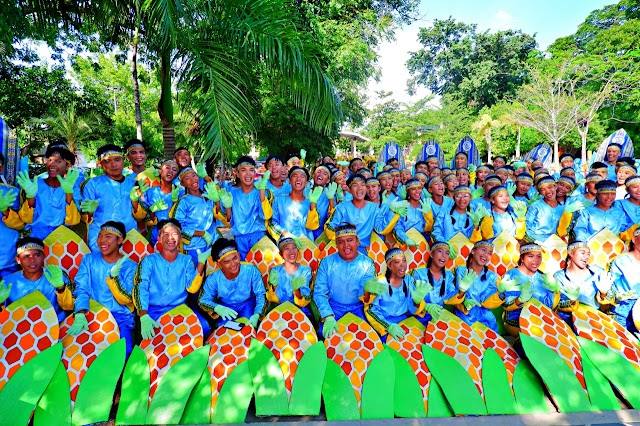 |
| Young teens mostly from HS classes always performs in most Philippine Festivals |
Fortunately, the city government was able to come up with a new schedule for the Mammangi Festival just in time before the current year ends. It was then pushed back to coincide with the week of the 11th anniversary of the cityhood of Ilagan, which falls on August 11.
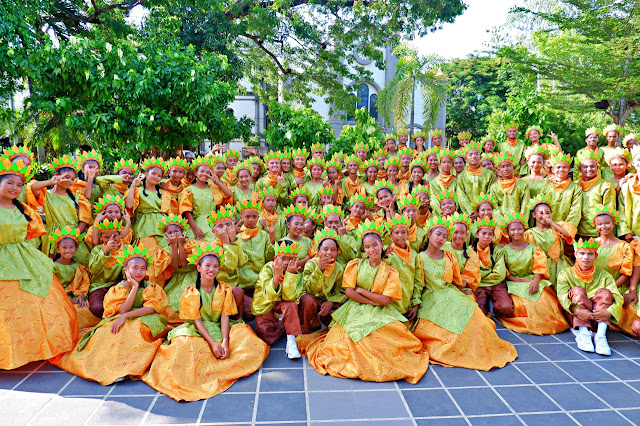 |
| All smiles and ready to street dance |
From August 1 to 13, both residents and visitors enjoyed a variety of grand celebrations, concerts, festive events, bazaars, pageantry, and more. The festivities reached its zenith with an exhilarating street and modern dancing competition, as well as a musical performance by OPM icons like Celeste Legazpi, Dulce, and Gino Padilla held at the city's sports complex, which was witnessed live by tens of thousands of people.
 |
| The modern dance showdown |
A total of eight groups, representing clusters of Barangays, participated in the Street Dance and Modern Dance Showdown. The Poblacion 2 cluster emerged as the winners in both categories, followed by San Antonio 2 and Poblacion 1, which secured the 1st and 2nd Runner-up positions in both categories as well.
There was no shortage of fun the whole week of the festival as the night before, a large crowd descended on the sports complex to witness the city's new beauty queen being crowned. Kristine Joy D. Guzman of Barangay Marana I emerged victorious, surpassing the other candidates to claim the title of Binibining Ilagan 2023.
 |
| The winners of the Binibining Ilagan |
The pageant, hosted by Beatrice Luigi Gomez, the 2021 Miss Universe Philippines, and GMA's Carlo Tingcungco, featured a surprising musical performance by actor James Reid, much to the delight of the screaming audience.
Children of the Corn
In the latter part of the 16th century, the Ibanag people who originally settled in the northern part of Cagayan River began moving south towards what is now the Isabela province. Rice and vegetable farming became the cornerstones of the local economy. When the tobacco monopoly was instituted by the Spanish in the early 1780s and local Ibanag farmers were compelled to produce tobacco, they had to shift their agricultural focus from rice to corn because the growing season for corn interchanges with that of tobacco. With the arrivals of settlers from the Ilocos region and Central Luzon, Isabela's farmlands, and Ilagan in particular, rose to prominence as an ideal location for the cultivation of rice and corn.
 |
| Endless corn fields can be seen all throughout Ilagan |
Today, the city of Ilagan has gained recognition as the "Corn Capital of the Philippines." It boasts an impressive annual corn production of 150 to 170 metric tons, cultivated across its vast expanse of over 17,500 hectares of corn fields.
 |
| Field of Dreams |
The economic contribution of Ilagan to the country is so substantial that the local government has taken steps to establish an I-Corn Complex. This complex will serve as a central research and development facility for all aspects of corn farming and harvesting. The project includes the implementation of innovative farming techniques such as mechanical drying and the use of drone technology to enhance the practice of "smart farming."
Onward to a Livable City by 2030
The Mammangi Festival, which marked the first in-person celebration since the pandemic, also served as a platform to highlight the city's goals of attaining "Livable City" status by 2030. When asked why the target year for achieving a certain status is set for 2030 instead of the present time, Mayor Josemarie L. Diaz of Ilagan City explained that reaching this level of achievement requires time and effort, as there are specific criteria that need to be fulfilled. Drawing inspiration from top livable cities like Brisbane , Geneva, Auckland, Osaka just to name a few, the goal is to achieve noteworthy improvements in "over 30 qualitative and quantitative factors" across five key categories: culture, infrastructure, stability, environment, education, and healthcare.
 |
| The crowd at Ilagan Sports Complex |
In order to fulfill the specified criteria, the city has enlisted the expertise of Felino Palafox, a highly regarded Filipino architect and urban planner. Palafox will serve as a consultant to assess and establish the most effective approach for creating Ilagan's land use plan. This plan is crucial as it aims to assess and identify the development possibilities of the city, taking into account the correct use of its abundant natural resources and existing infrastructure.
Inatata is a rice delicacy in Isabala made of glutinous rice, coconut milk, brown sugar, and latik wrapped in banana leaves and bundled like a rifle's magazine ammo
Other projects include the construction of pedestrian and bike lanes, the implementation of wise zoning practices, establishment of more health and educational facilities and the reduction of the housing backlog by building affordable housing for local residents.
As the grand concert on Mammangi's last night reaches its climax, the evening sky is illuminated by a spectacular display of fireworks. The enthusiastic applause and cheers of the crowd reverberate throughout the Ilagan Sports Complex. In that very moment, the city is filled with hope and the promise of a brighter future shines brightly. Ilagan has come a long way indeed, soldiering on from being the third poorest city to becoming the 50th wealthiest city among 149 cities in the Philippines, according to a COA 2022 report.
 |
| Ilagan Sports Complex |
This remarkable transformation is a true testament to the determination and resilience of the Ilagueños. The Mammangi Festival was a perfect celebration to honour the hardworking farmers who have cultivated the fertile lands and abundant corn fields of the city as well as the continued collaborative efforts of its residents. Their efforts have not only contributed to the city's economic growth but have also played a significant role in inching Ilagan closer to the lofty but achievable goal of becoming a Livable City by 2030.
Ilagan Side trips
The Giant Butaka at Bonifacio Park is also known as "Butaka ni Goliath," this giant armchair was built in 2003 and was awarded the title of the "biggest armchair in the world" by the Guinness Book of World Records in the same year. It symbolizes the once thriving armchair woodwork industry in the city. The butaka also represents the hospitality nature of the Ilagueños, known as "Ipabalem," which ensures that guests always feel at home when they enter a typical Ilagueño household.
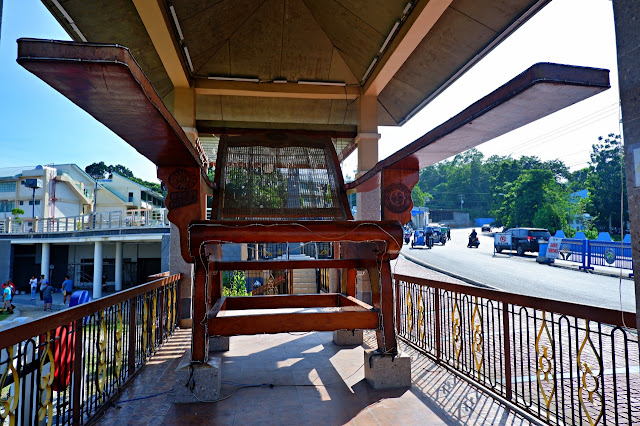 |
| Every Lola's favorite lounge chair, the butaka |
Visitors to the historic Japanese Tunnel are greeted by torii gates and a beautifully manicured garden. The site holds significance as it was once a World War II tunnel used by the Japanese as a military base. This tunnel in Isabela is one of the few remaining from the wartime. It has a length of 40 meters and measures 3 meters in both width and height.
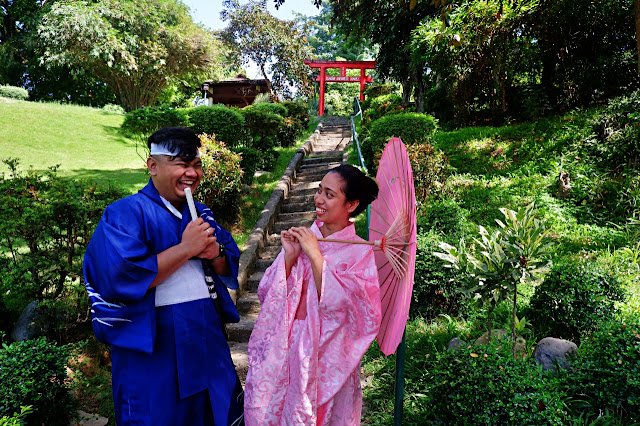 |
| The Japanese Tunnel and Garden is also ideal for Prenup shoots |
Here, guests have the opportunity to dress up in traditional Japanese Kimono dresses and take photos in a beautiful garden adorned with vibrant greenery and blooming flowers.
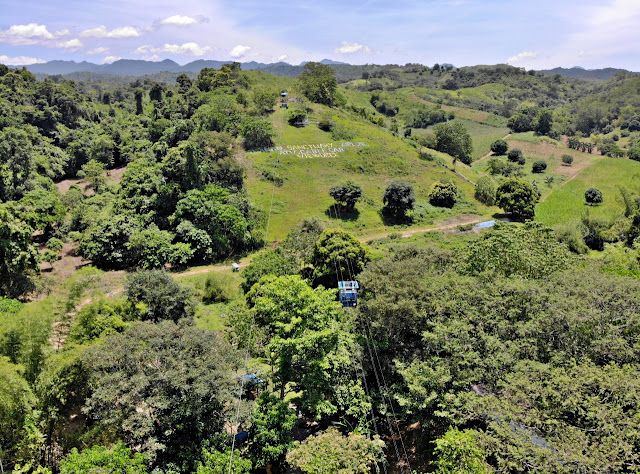 |
| Take a short but scenic cable car ride at the Ilagan Sanctuary |
The Ilagan Sanctuary is located inside a much bigger park, the 819-hectare Fuyot Springs National Park, a protected area that stretches from the flatlands to the mountain slopes of Ilagan, Isabela.
 |
| Exploring the park's 3-4 caves takes only an hour. |
Visitors to this park can enjoy a day filled with exciting activities in the great outdoors. They can explore easy-to-navigate cave chambers, observe a variety of animals including a python and a family of tigers in the animal kingdom park, experience the thrill of a 350-meter zipline and cable car ride, go on ATV rides, visit the butterfly park, and relax in natural spring pools. With so many options, this park offers something for everyone to enjoy.
Although the Diocese of Ilagan was established in 1612, the current St. Ferdinand Parish Church dates back to the late 19th century and has undergone various restorations since then.
 |
| Rizal Park |
It borders the little Rizal Park and is surrounded by miles of rice and maize fields through which the Ilagan River, a tributary of the Cagayan River, cuts.


